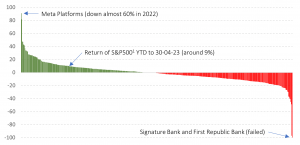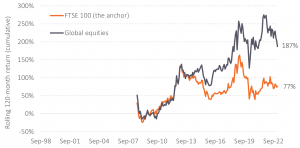

A busy mum of three has been crowned this year’s Belfast Business Idea winner for her innovative range of plastic-free hair and skincare products for children.
Sarah McKegney pitched her Percy and Pop concept to judges at the finalists’ night, held on Tuesday 20 June, and received a £2,500 cash injection and support package worth over £3,000 to enable her to take her idea forward.
The Belfast Business Idea competition, organised by Belfast City Council, and supported by Pacem, Danske Bank, the Open University and the Innovation Factory, helps unearth, recognise and fast track the best business ideas in Belfast.
Sarah was one of five budding entrepreneurs selected by an independent panel of judges to pitch their ideas to an audience at the event. Sarah explained how she came up with the concept for her own range of solid shampoo and conditioners, after she was unable to find natural, plastic-free alternatives for bath time with her three young children, all aged under five. Her pitch was selected as the overall winner, following an audience vote.
“I am delighted to win this award. All of the finalists were outstanding, so it’s a real honour to have been chosen as the winner,” said Sarah.
“This package of support will be invaluable in developing the next stage of our journey and we are really excited to see where we can take Percy and Pop, with the help and advice from a trusted support network. This initiative is a lifeline to budding entrepreneurs and a fantastic opportunity to springboard our business and we can’t wait to take our bathroom revolution to the next level!”
Sarah was presented with the award by Daniel Glover, MD at Pacem who have supported this initiative for the past four years.
“A massive congratulations to Sarah on winning this year’s Belfast Business Idea Award – ‘Percy and Pop’ is a great concept with exceptional potential and we are looking forward to working alongside Sarah in bringing her business to the next level,“ said Danie
“The calibre of entries from across the board this year was exceptional and is a real testament to the entrepreneurial spirit we have within our city – well done to all those who took part and to the other organisations who, alongside Pacem, continue to support business start up and growth in the city”.
The four other business ideas chosen by the competition judges will also receive a support package worth over £3,000 which includes:
> Six months free accountancy services (including software) from Pacem Accounting and Tax Advisory
> 1 year Innovation Factory membership (including an open plan co-working desk, access to masterclasses and on-site bespoke business mentoring)
> A complimentary place on a Business and Management or Marketing Short Course via the Open University.
> A 2 hr group mentoring session with Alan Mahon, Founder of Brewgooder.
The other four finalists announced on the evening were:
- Ankit Goel – PropAI
- Ciara Doherty and Sinead Molloy – Shevron
- Maebh Reynolds – GoPlugable
- Ryan Forde – Medical AI Systems (MAIS)
All aspiring entrepreneurs in attendance also had the opportunity to hear from, and put questions to, Belfast-born businessman Alan Mahon, founder of Brewgooder, the UK’s fastest growing beer brand in 2022, who provided them with inspiration and advice on taking forward their own business journeys.
Speaking at the finalist’s night, Elizabeth Crossan, Director of Accounting & Tax, commended all applicants and expressed her enthusiasm towards working with the winners,
“We are looking forward to working alongside the newly crowned winners of the 2023 Belfast Business Idea Award by providing six months free accountancy services. We love helping new businesses develop and grow and to play a part in their journey is a real privilege. We can’t wait to see what is in store for these blossoming businesses and predict great things ahead – watch this space”.







































Recent Comments